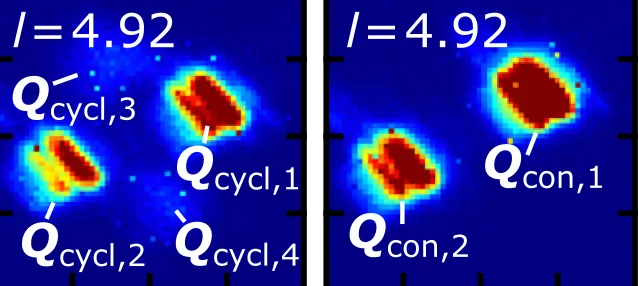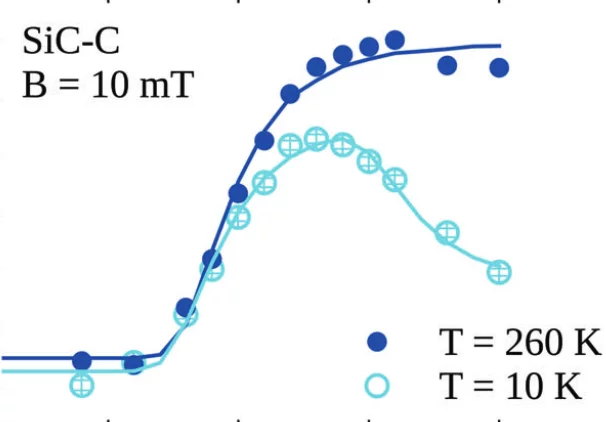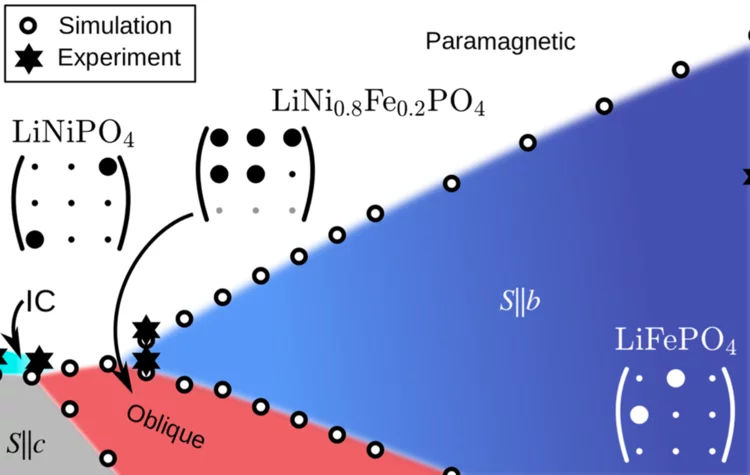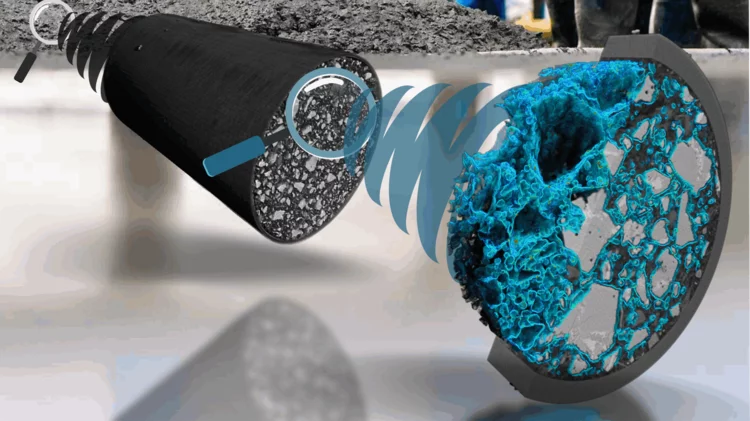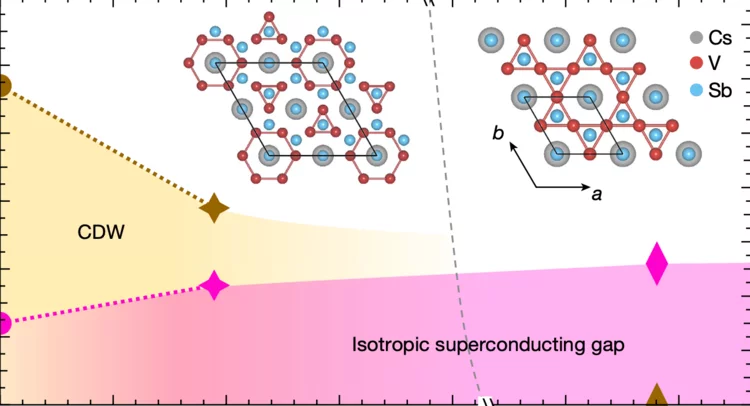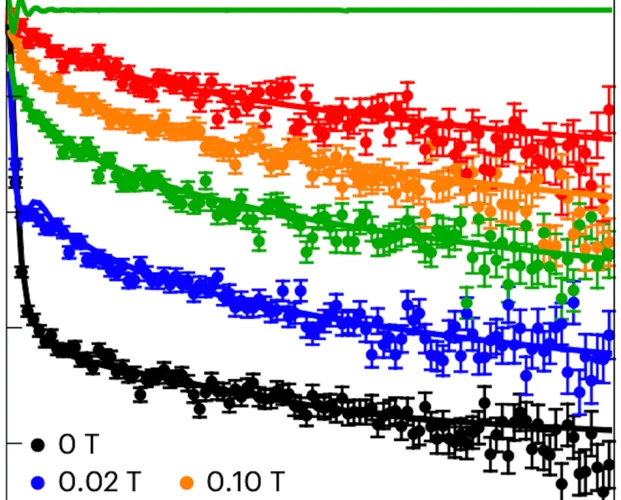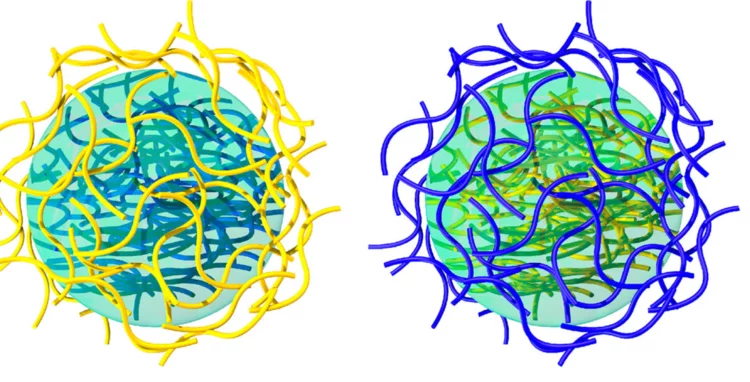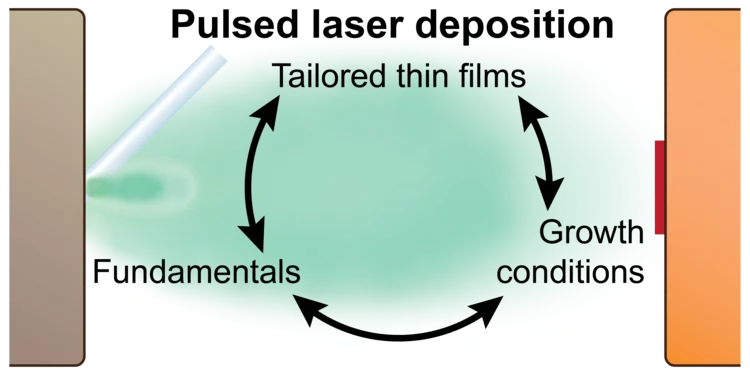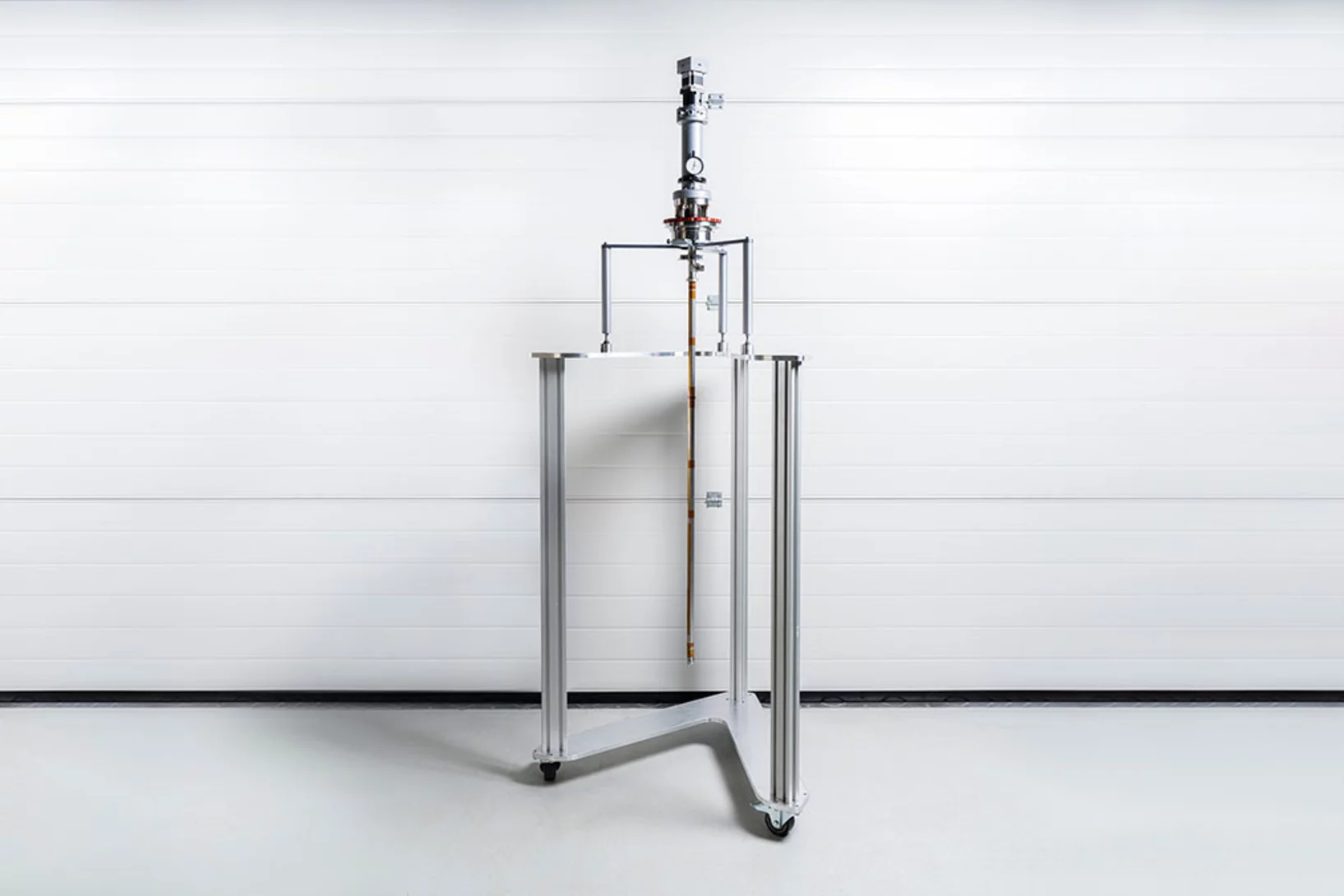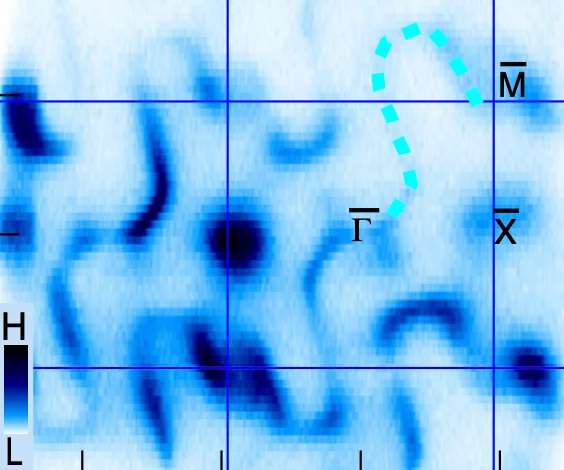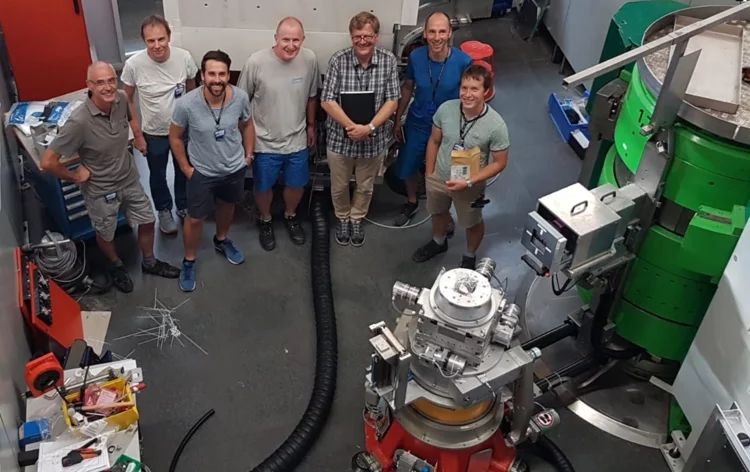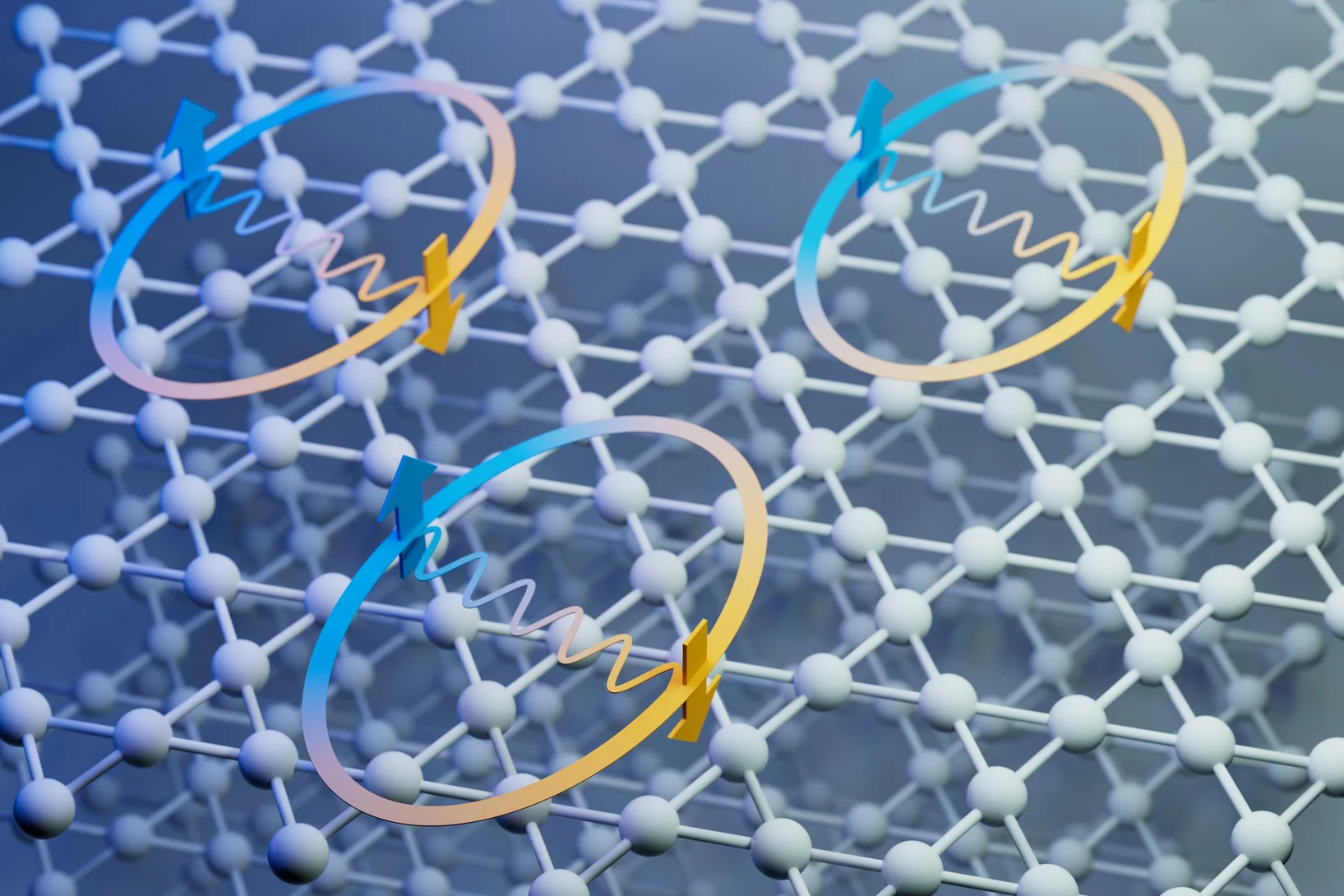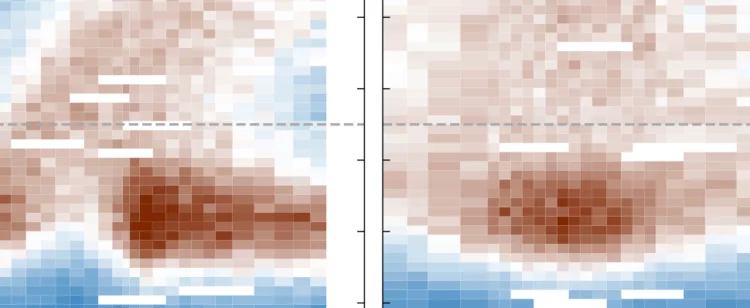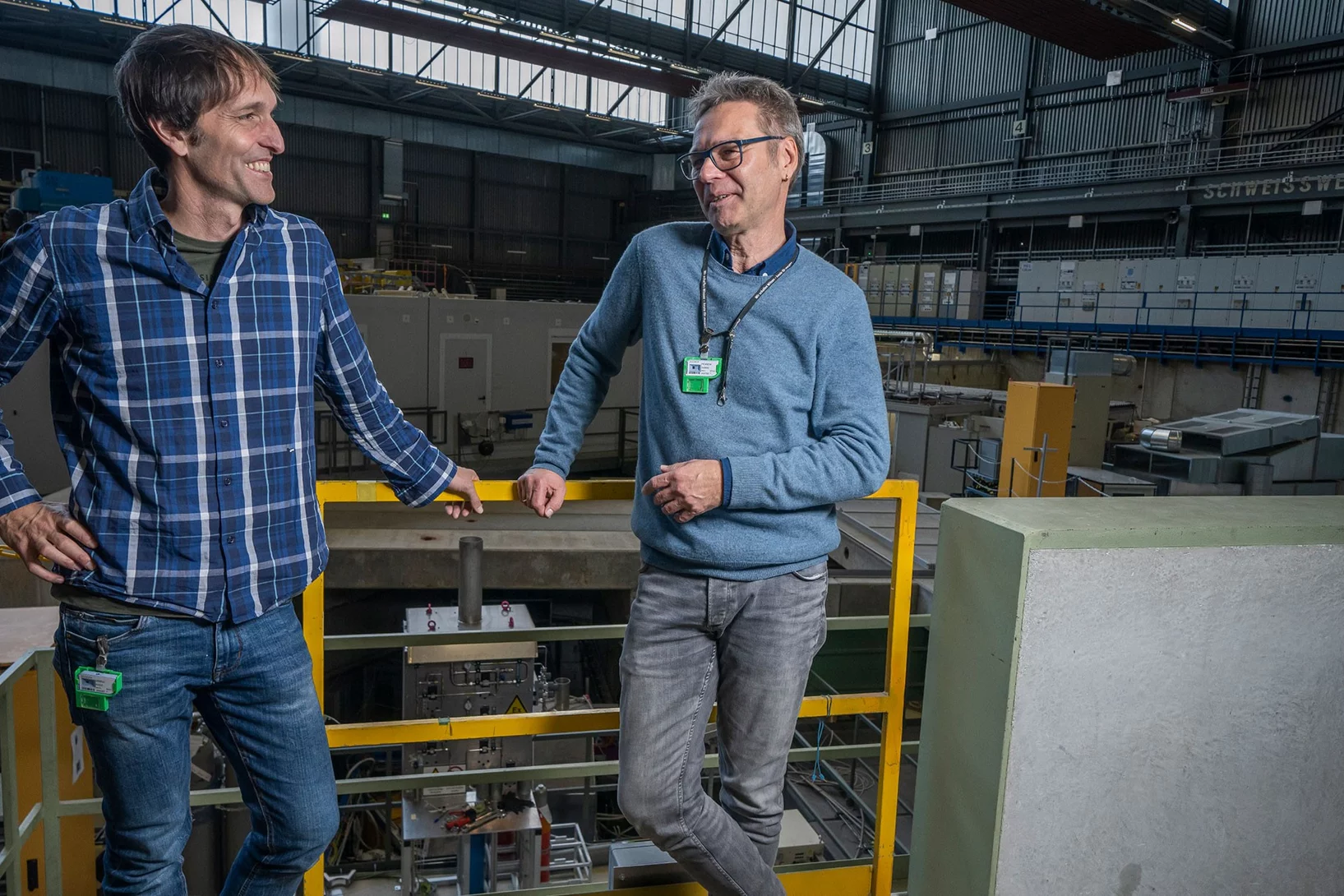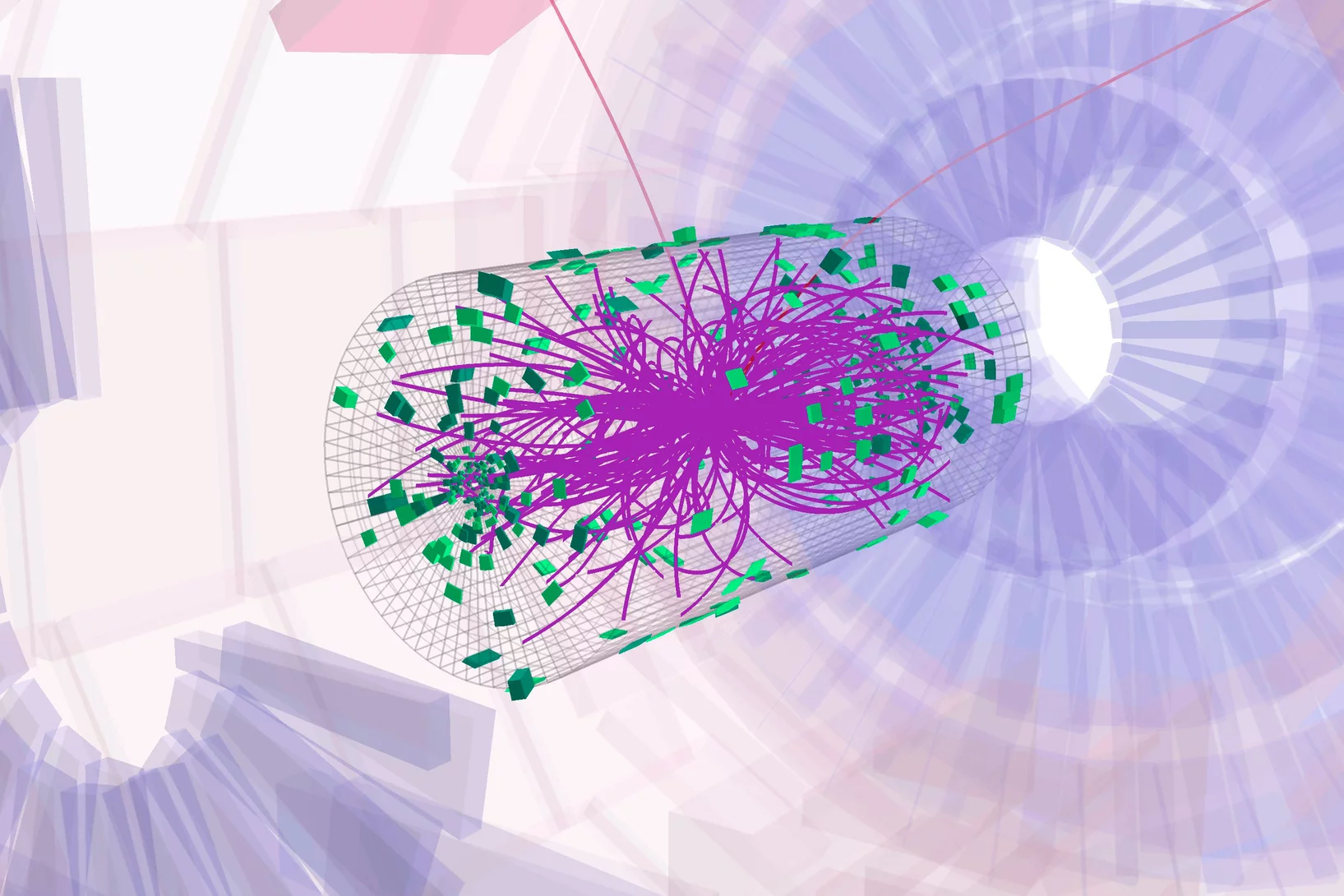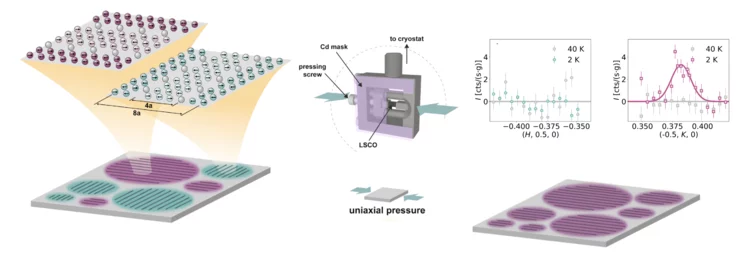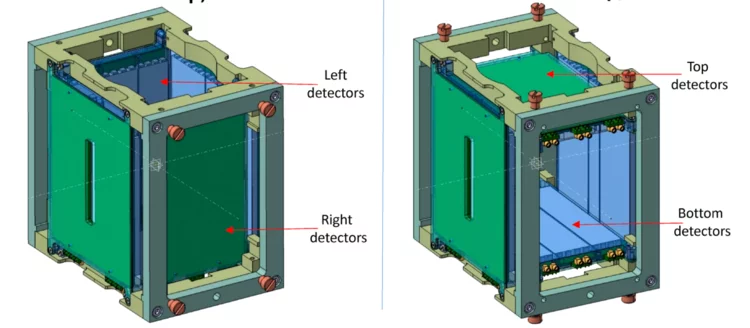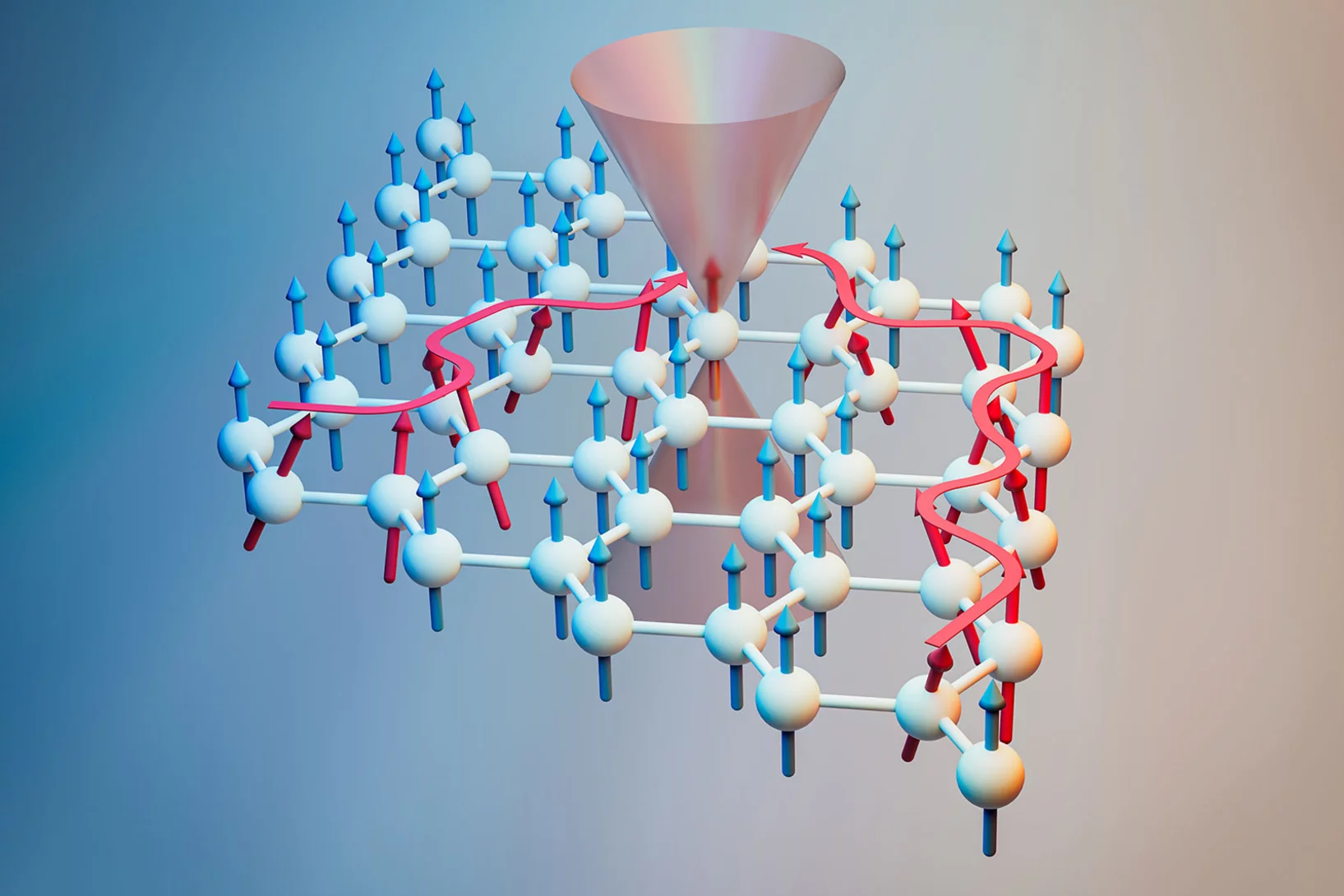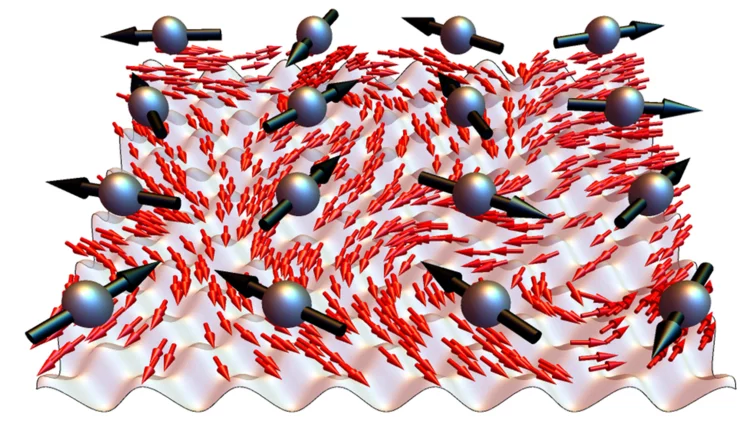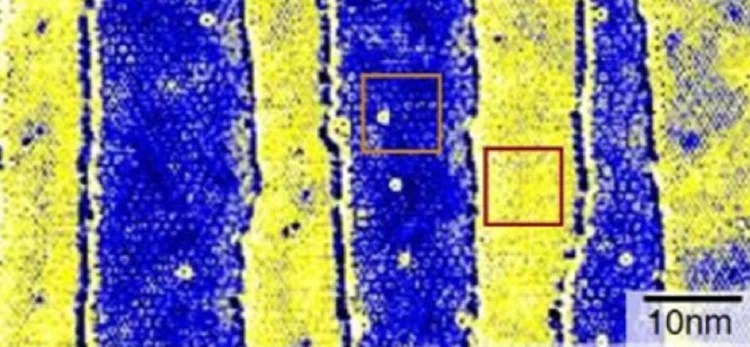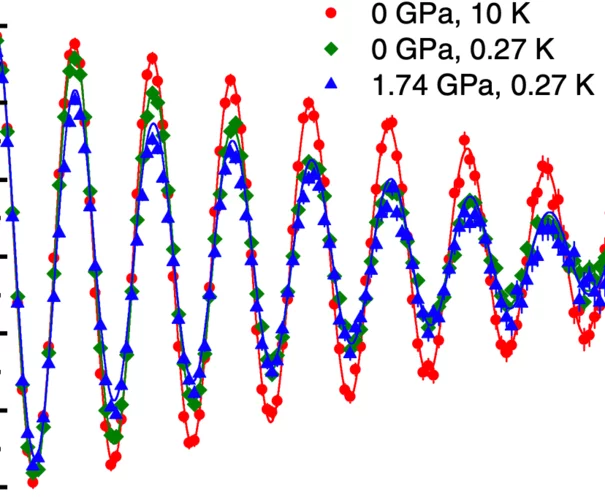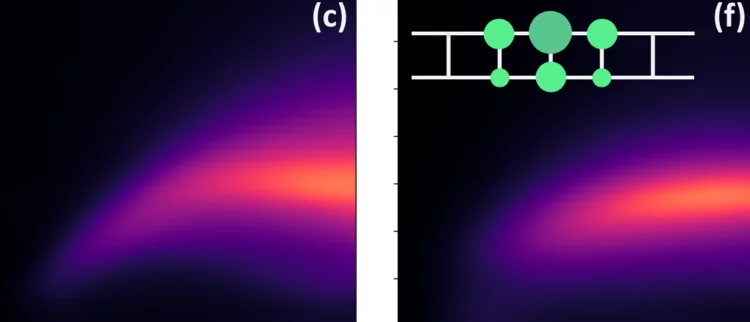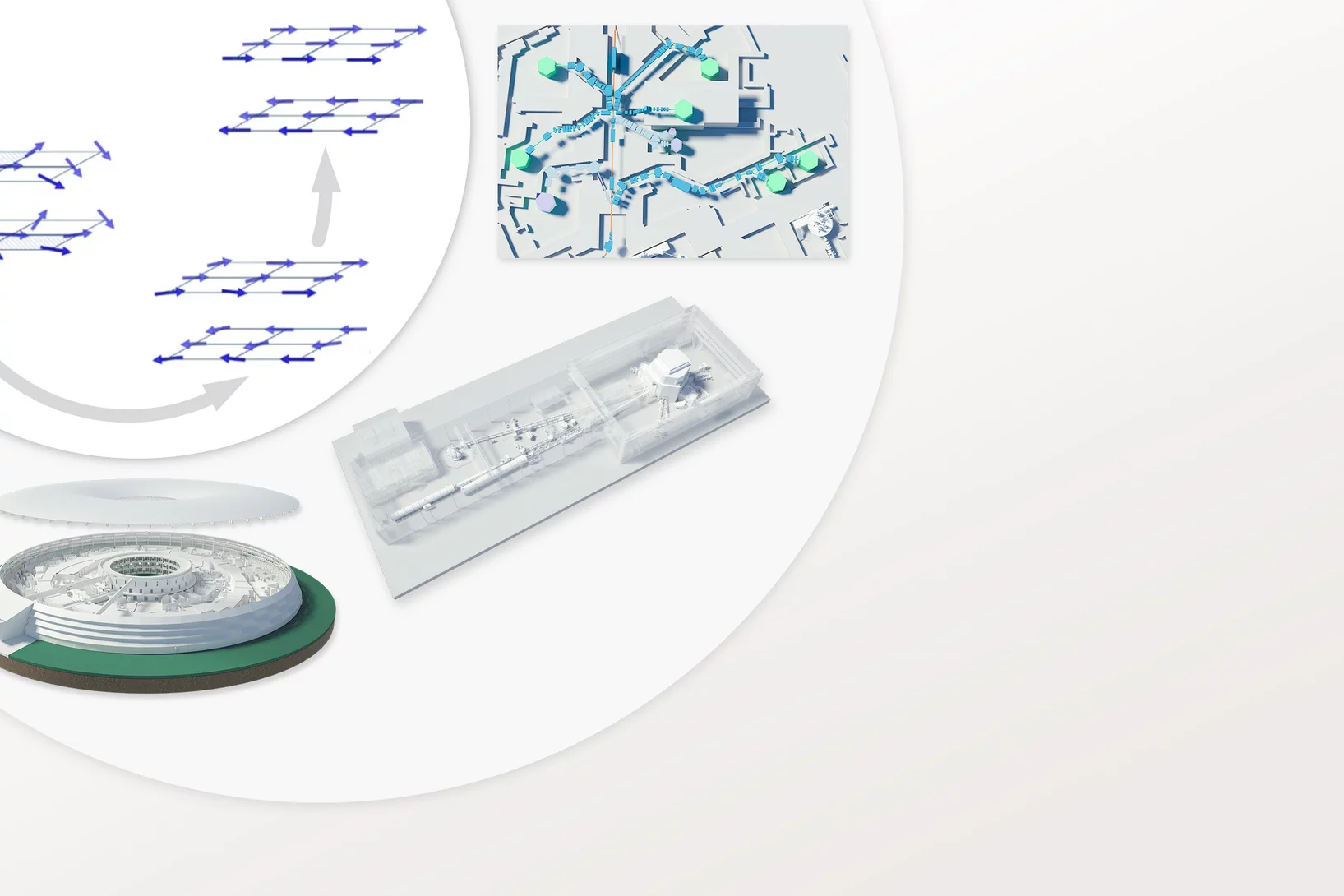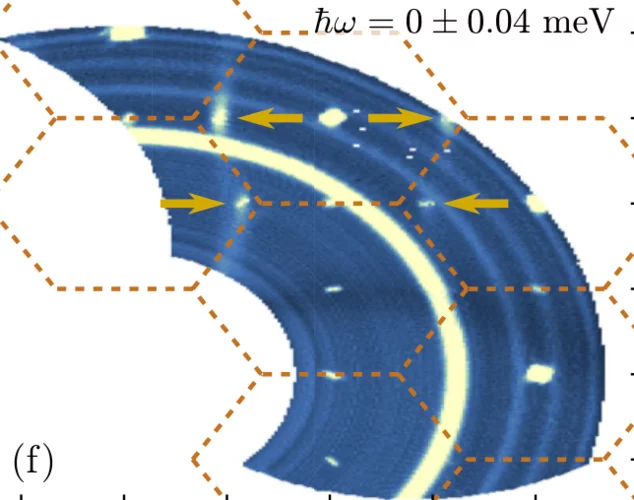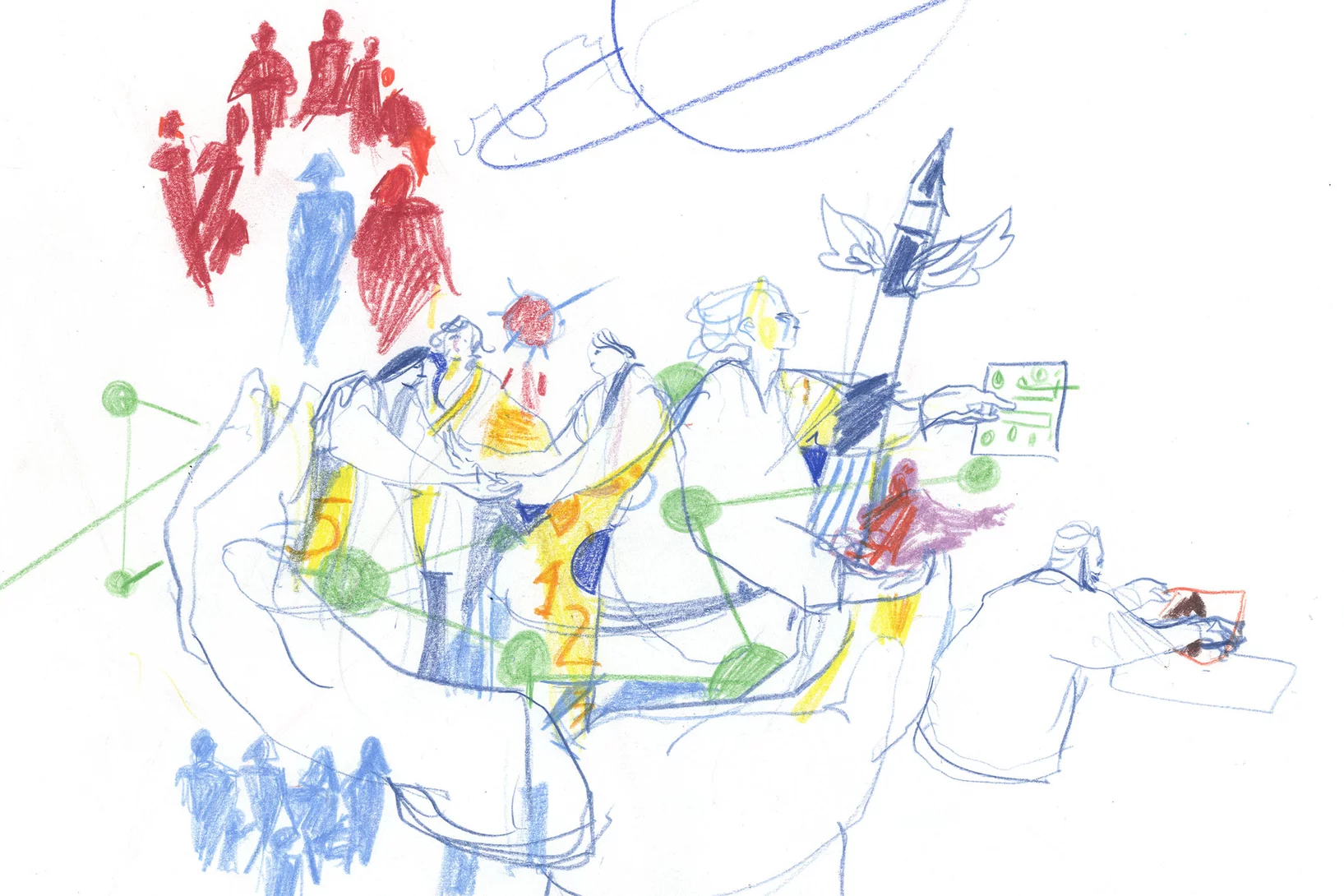Resonant Elastic X-Ray Scattering of Antiferromagnetic Superstructures in EuPtSi3
We report resonant elastic x-ray scattering of long-range magnetic order in EuPtSi3, combining different scattering geometries with full linear polarization analysis to unambiguously identify magnetic scattering contributions. At low temperatures, EuPtSi3 stabilizes type A antiferromagnetism featuring various long- wavelength modulations. For magnetic fields applied in the hard magnetic basal plane, well-defined regimes of cycloidal, conical, and fanlike superstructures may be distinguished that encompass a pocket of commensurate type A order without superstructure.
Defect Profiling of Oxide-Semiconductor Interfaces Using Low-Energy Muons
Muon spin rotation with low-energy muons (LE-μSR) is a powerful nuclear method where electrical and magnetic properties of surface-near regions and thin films can be studied on a length scale of ≈200 nm. This study shows the potential of utilizing low-energy muons for a depth-resolved characterization of oxide-semiconductor interfaces, i.e., for silicon (Si) and silicon carbide (4H-SiC). The performance of semiconductor devices relies heavily on the quality of the oxide-semiconductor interface; thus, investigation of defects present in this region is crucial to improve the technology.
Tuning magnetoelectricity in a mixed-anisotropy antiferromagnet
Control of magnetization and electric polarization is attractive in relation to tailoring materials for data storage and devices such as sensors or antennae. In magnetoelectric materials, these degrees of freedom are closely coupled, allowing polarization to be controlled by a magnetic field, and magnetization by an electric field, but the magnitude of the effect remains a challenge in the case of single-phase magnetoelectrics for applications.
Laura Heyderman elected Royal Society Fellow
Laura’s nomination recognises almost 30 years of research into magnetic materials and magnetism on the nanoscale.
A deep look into hydration of cement
Researchers led by the University of Málaga show the Portland cement early age hydration with microscopic detail and high contrast between the components. This knowledge may contribute to more environmentally friendly manufacturing processes.
Nodeless electron pairing in CsV3Sb5-derived kagome superconductors
The newly discovered kagome superconductors represent a promising platform for investigating the interplay between band topology, electronic order and lattice geometry. Despite extensive research efforts on this system, the nature of the superconducting ground state remains elusive. In particular, consensus on the electron pairing symmetry has not been achieved so far, in part owing to the lack of a momentum-resolved measurement of the superconducting gap structure. Here we report ...
Quantum disordered ground state in the triangular-lattice magnet NaRuO2
It has long been hoped that spin liquid states might be observed in materials that realize the triangular-lattice Hubbard model. However, weak spin–orbit coupling and other small perturbations often induce conventional spin freezing or magnetic ordering. Sufficiently strong spin–orbit coupling, however, can renormalize the electronic wavefunction and induce anisotropic exchange interactions that promote magnetic frustration.
Active learning-assisted neutron spectroscopy with log-Gaussian processes
Neutron scattering experiments at three-axes spectrometers (TAS) investigate magnetic and lattice excitations by measuring intensity distributions to understand the origins of materials properties. The high demand and limited availability of beam time for TAS experiments however raise the natural question whether we can improve their efficiency and make better use of the experimenter’s time.
Amyloid-polysaccharide interfacial coacervates as therapeutic materials
Coacervation via liquid-liquid phase separation provides an excellent oppor- tunity to address the challenges of designing nanostructured biomaterials with multiple functionalities. Protein-polysaccharide coacervates, in particular, offer an appealing strategy to target biomaterial scaffolds, but these systems suffer from the low mechanical and chemical stabilities of protein-based condensates. Here we overcome these limitations by transforming native proteins into amyloid fibrils and demonstrate ...
Muonic X-rays peer into brooch from Roman city
Using Muon Induced X-ray Emission, researchers could reveal the inner composition of a knob-bow fibula, excavated at Augusta Raurica in northern Switzerland.
A practical guide to pulsed laser deposition
Nanoscale thin films are widely implemented across a plethora of technological and scientific areas, and form the basis for many advancements that have driven human progress, owing to the high degree of functional tunability based on the chemical composition. Pulsed laser deposition is one of the multiple physical vapour deposition routes to fabricate thin films, employing laser energy to eject material from a target in the form of a plasma ...
How to squash things carefully
A new in situ uniaxial pressure cell at Paul Scherrer Institute PSI gives scientists unrivalled control to tweak quantum materials microscopically and tune their properties.
Visualizing Higher-Fold Topology in Chiral Crystals
Novel topological phases of matter are fruitful platforms for the discovery of unconventional electromagnetic phenomena. Higher-fold topology is one example, where the low-energy description goes beyond standard model analogs. Despite intensive experimental studies, conclusive evidence remains elusive for the multigap topological nature of higher-fold chiral fermions. In this Letter, we leverage a combination of fine-tuned chemical engineering and photoemission spectroscopy with photon energy contrast to discover the higher-fold topology of a chiral crystal.
Commissioning of the novel Continuous Angle Multi-energy Analysis spectrometer at the Paul Scherrer Institut
We report on the commissioning results of the cold neutron multiplexing secondary spectrometer CAMEA (Continuous Angle Multi-Energy Analysis) at the Swiss Spallation Neutron Source at the Paul Scherrer Institut, Switzerland. CAMEA is optimized for ...
Unconventional superconductivity found in kagome metal
Physicists using muon spin spectroscopy at PSI make the missing link between their recent breakthrough in Nature and unconventional superconductivity
Fate of charge order in overdoped La-based cuprates
In high-temperature cuprate superconductors, stripe order refers broadly to a coupled spin and charge modulation with a commensuration of eight and four lattice units, respectively. How this stripe order evolves across optimal doping remains a controversial question. Here we present a systematic resonant inelastic x-ray scattering study of weak charge correlations in La2−xSrxCuO4 and La1.8−xEu0.2SrxCuO4. Ultra high energy resolution experiments demonstrate the importance of the separation of inelastic and elastic scattering processes.
Making sense of the muon’s misdemeanours
An exotic atom called muonium could explain why muons won’t stick to the rules, believe researchers using the Swiss Muon Source at Paul Scherrer Institute PSI.
Upgraded pixel detector back in action at CERN
Built at Paul Scherrer Institute, the detector forms the heart of the CMS experiment. It is producing data again following an upgrade during the LHC shutdown.
Single-domain stripe order in a high-temperature superconductor
The coupling of spin, charge and lattice degrees of freedom results in the emergence of novel states of matter across many classes of strongly correlated electron materials. A model example is unconventional superconductivity, which is widely believed to arise from the coupling of electrons via spin excitations. In cuprate high-temperature superconductors, the interplay of charge and spin degrees of freedom is also reflected in a zoo of charge and spin- density wave orders that are intertwined with superconductivity ...
Perspective on muon-spin rotation/relaxation under hydrostatic pressure
Pressure, together with temperature, electric, and magnetic fields, alters the system and allows for the investigation of the fundamental prop- erties of matter. Under applied pressure, the interatomic distances shrink, which modifies the interactions between atoms and may lead to the appearance of new (sometimes exotic) physical properties, such as pressure-induced phase transitions; quantum critical points; new structural, magnetic, and/or superconducting states; and changes of the temperature evolution and symmetry of the order parameters...
Emergence of spinons in layered trimer iridate Ba4Ir3O10
Spinons are well-known as the elementary excitations of one-dimensional antiferromagnetic chains, but means to realize spinons in higher dimensions is the subject of intense research. Here, we use resonant x-ray scattering to study the layered trimer iridate Ba4Ir3O10, which shows no magnetic order down to 0.2 K. An emergent one-dimensional spinon continuum is observed that can be well-described by XXZ spin-1/2 chains with magnetic exchange of ∼55 meV and a small Ising-like anisotropy. With 2% isovalent Sr doping ...
Graphene’s magic in a magnet
Neutron scattering reveals rich magnetic topology in the magnetic equivalent of graphene.
Clarifying the fate of collective metallic quantum states
Many complex metals exhibit collective states in which electrons appear to collaborate to generate novel and frequently functional behavior. These states develop when metals are cooled down to remove the effects of thermal fluctuations, enabling collective states in which electrons move coherently through the material. These collective electronic states are of tremendous importance because they are the foundation for many quantum states of interest such as unconventional superconductivity, frustrated magnetism, hidden order, as well as topologically non-trivial and electronic-nematic states.
Discovery of Charge Order and Corresponding Edge State in Kagome Magnet FeGe
Kagome materials often host exotic quantum phases, including spin liquids, Chern gap, charge density wave, and superconductivity. Existing scanning microscopy studies of the kagome charge order have been limited to nonkagome surface layers. Here, we tunnel into the kagome lattice of FeGe to uncover features of the charge order. Our spectroscopic imaging identifies a 2 × 2 charge order in the magnetic kagome lattice, resembling that discovered in kagome superconductors. Spin mapping across steps of unit cell height demonstrates the existence of spin-polarized electrons with an antiferromagnetic stacking order.
Two types of charge order with distinct interplay with superconductivity in the kagome material CsV3Sb5
The kagome metals of the family AV3Sb5, featuring a unique structural motif, harbor an array of intriguing phenomena such as chiral charge order and superconductivity. CsV3Sb5 is of particular interest because it displays a double superconducting dome in the region of the temperature-pressure phase diagram where charge order is still present. However, the microscopic origin of such an unusual behavior remains an unsolved issue. Here, to address it, we combine high-pressure, low-temperature muon spin relaxation/rotation with first-principles calculations. We observe ....
Crossover of high-energy spin fluctuations from collective triplons to localized magnetic excitations in Sr14−xCaxCu24O41 ladder
We studied the magnetic excitations in the quasi-one-dimensional (q-1D) ladder subsystem of Sr14−xCaxCu24O41 (SCCO) using Cu L3-edge resonant inelastic X-ray scattering (RIXS). By comparing momentum-resolved RIXS spectra with high (x = 12.2) and without (x = 0) Ca content, we track the evolution of the magnetic excitations from collective two-triplon (2 T) excitations (x = 0) to weakly- dispersive gapped modes at an energy of 280 meV (x = 12.2)...
Three PSI research facilities reveal magnetic crossover
Insights from the Swiss Muon Source, Swiss Spallation Neutron Source and Swiss Light Source reveal this coveted characteristic in an exotic layered material.
Entanglement between Muon and I > 1/2 Nuclear Spins as a Probe of Charge Environment
We report on the first example of quantum coherence between the spins of muons and quadrupolar nuclei. We reveal that these entangled states are highly sensitive to a local charge environment and thus, can be deployed as a functional quantum sensor of that environment. The quantum coherence effect was observed in vanadium intermetallic compounds which adopt the A15 crystal structure, and whose members include all technologically pertinent superconductors. Furthermore ...
Spin Density Wave versus Fractional Magnetization Plateau in a Triangular Antiferromagnet
We report an excellent realization of the highly nonclassical incommensurate spin-density wave (SDW) state in the quantum frustrated antiferromagnetic insulator Cs2CoBr4. In contrast to the well-known Ising spin chain case, here the SDW is stabilized by virtue of competing planar in-chain anisotropies and frustrated interchain exchange.
Connecting Women in Physics
Through role models and networking, the first “Women in Physics Career Symposium” helps early career researchers stay in physics


